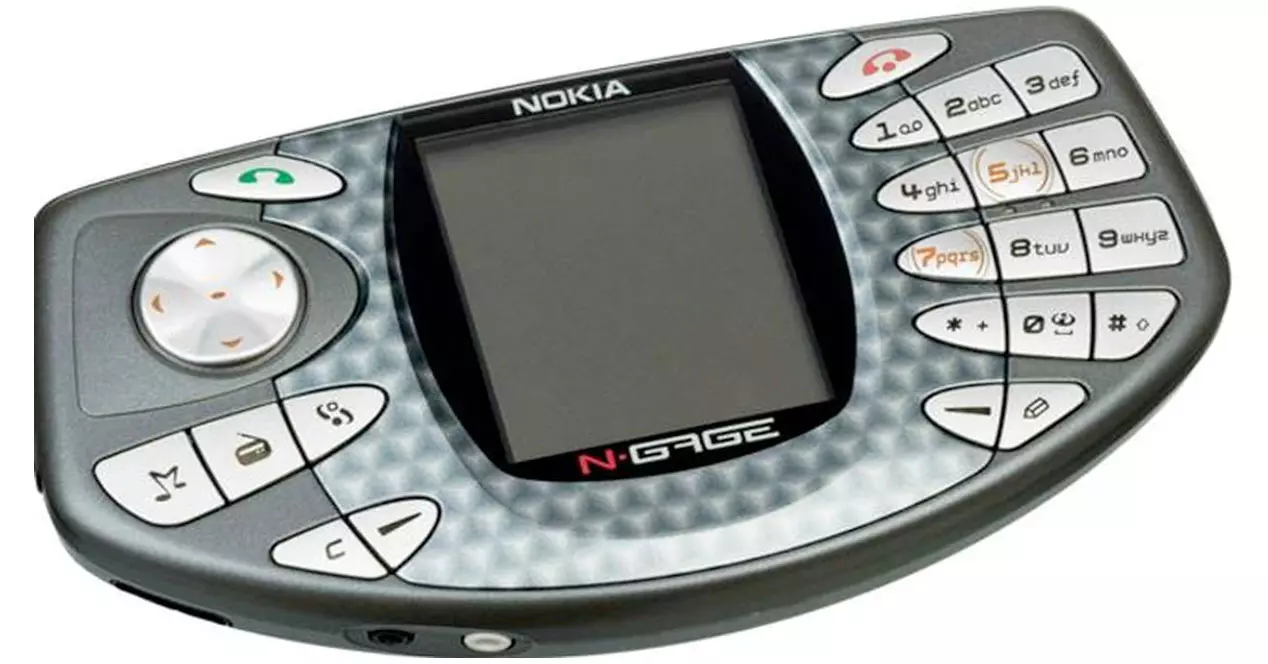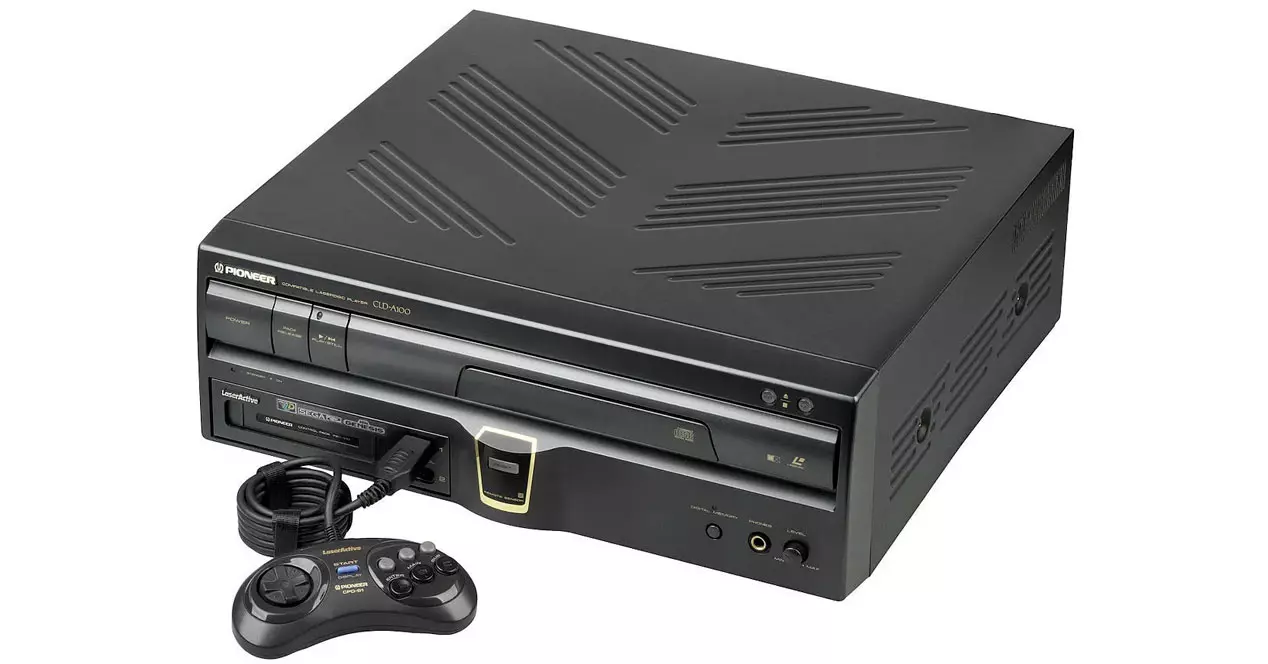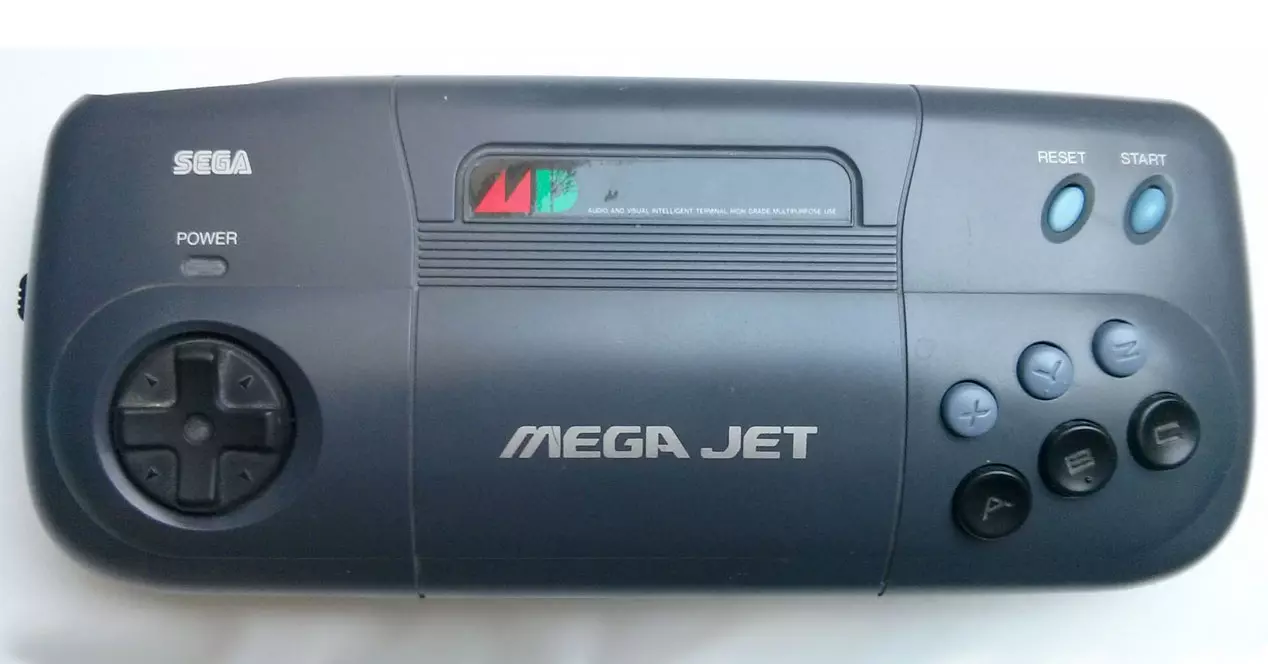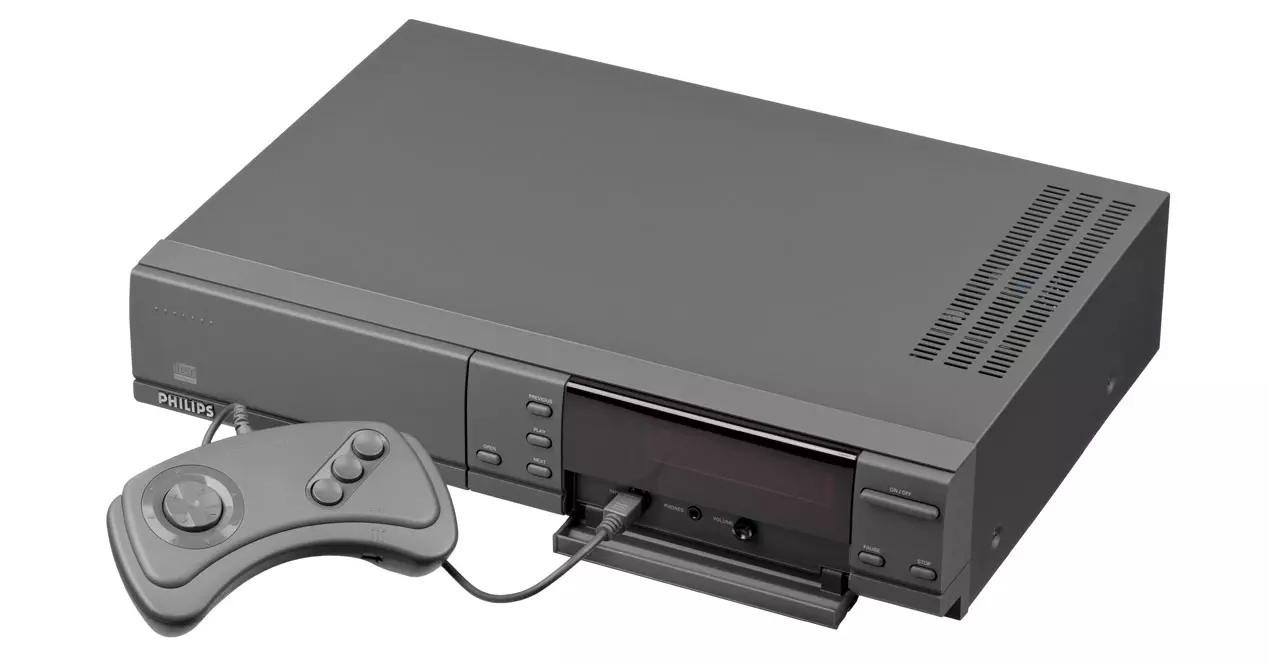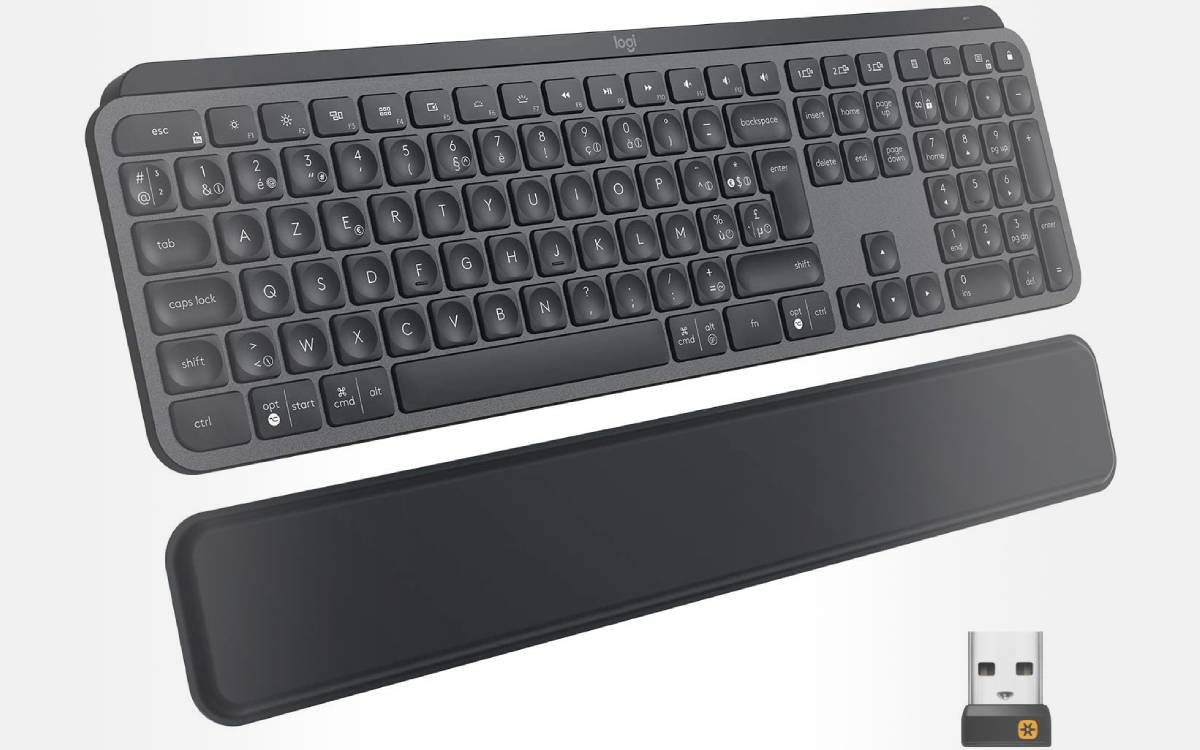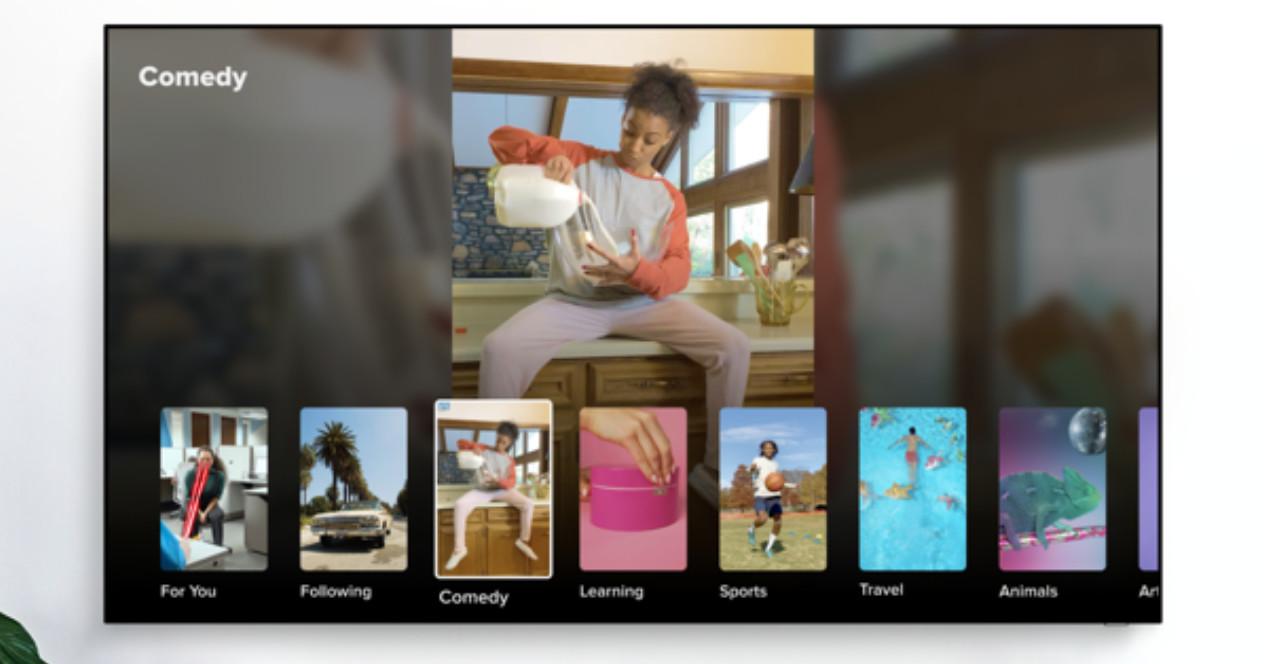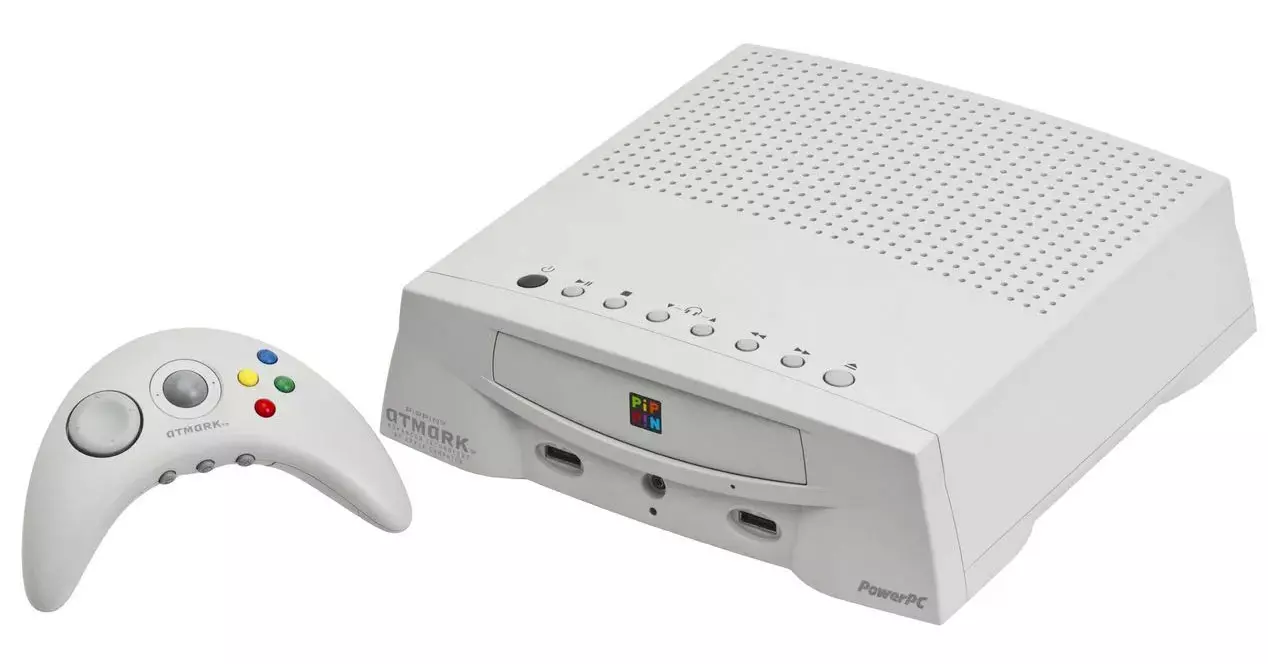
So, let’s start that journey through the gallery of horrors of video game history. Ready?
What do these companies paint here?
In this category we will explain the most bizarre projects that have seen the light throughout the history of video games. Almost all of these fails they are created by companies that nobody could guess what they were trying to achieve in this sector and that, with all the reason in the world, ended up abandoning them after a resounding failure. Although in some cases they saw the danger coming and chose to back down as if nothing had happened, hoping that history would forgive them. And they are the following:
Apple Pippin
In the turbulent years of Apple’s Newton, those from Cupertino came to think that they could launch a console in full multimedia boom in the mid-1990s. Specifically, in 1996, when the Americans decided to develop a console of which some units could be seen at the E3 of the time. The poor thing was going to have a Power PC processor, which is almost certainly one of the worst Apple has ever used. Luckily, someone must have realized the failure that was waiting for them around the corner and they canceled it. Today Pippin is practically a myth… luckily.
Nokia N Cage
In full success of Nokia phones with Symbian operating system, the Finns tried to try their luck developing a mobile phone model they called a handheld console. It kept the screen in vertical aspect ratio, some ability to play 3D games (the tomb Raider wasn’t bad) and an SD card system to distribute your games. L0s about 300 euros that it cost (in 2003) made it a rare bird although with the second generation they came to lower its cost significantly to make it more popular. Obviously it failed, and a lot, and nobody remembers it right now. It was one of the failures prior to the start of Nokia’s decline against the smartphones that began to be sold in 2007, with the first iPhone in the lead. A disaster of an idea or one ahead of its time?
game.com
Tiger Electronic, a company that in the 90s developed a good number of LCD machines such as the classic Game & Watch, there came a time when he thought he could overshadow Nintendo and put their own Game Boy on the market. As expected, the project lasted just long until the partners who believed in it saw the few sales achieved and, most importantly, the poor projection of what would come in the following years. In the end, he placed just over 300,000 units with games like Resident Evil 2, Duke Nukem 3D, etc. He cost just under $70 at the time.
LaserActive
In 1993, in the midst of a multimedia boom, and with 3DO appearing on the horizon with optical formats, the sound giant decided to make the leap to the console market Hoping to carve out a niche. In this case, the chosen format was the mythical LaserDisc of the old arcades like Dragon’s Lair Y Space Ace although the way of taking the project to the stores was something… absurd. Pioneer priced its machine at almost a thousand dollars, something crazy in 1993. And that’s despite the fact that it received accessories that allowed it to play games from the Mega Drive, Mega CD or the original TurboGrafx 16. Not even that managed to lift a device that had neither head nor tail.
Why did you do that?
Now it’s the turn to the consoles that some renowned companies launched video game that, on paper, they knew exactly what they were doing because, somehow, they already had experience in the field and knew where they were stepping. But in view of the results, it is clear that they did not and that those responsible for those messes must have all ended up making bow ties in some office of their central offices. Here are the highlights:
VirtualBoy
It is one of the great fiascoes of the Japanese. An attempt to create a 3D console (no, not virtual reality) before the sensational 3DS and which had some unspeakable misconceptions. The first, that we could only use it on a table, well supported, because if we tried it between our legs, the whole would end up in pieces on the floor. In addition, the rolo color chosen to dye the screens of their games was hellish and a break every 15 or 20 minutes was both necessary and recommended for the health of our corneas. And if that was not enough, its distribution was quite limited despite having a price of just under $200, since it went on sale in Japan and the US, leaving Europe out. Looking at the Virtual Boy from the perspective of time, it seems incredible that Nintendo would risk so much. But he did and he paid for it.
Sega Mega Jet
This contraption was actually a portable Mega Drive, with a built-in six-button controller and the only thing missing was the screen. He could read cartridges, he had a video output, a power connector and another extra for a second controller in case he wanted to play anything with a friend. It was not a good idea and its appearance did not help either because the users who saw it did not understand the concept very well. Also, it belongs to that dark age of SEGA when it went crazy releasing Mega CDs and Mega Drive 32X like it didn’t cost anything. If you see one, hug her tightly to give her all the love she deserves in the face of so much misfortune that she lived almost 30 years ago. Strange no, the following.
nomadic
Proof that SEGA didn’t get it right the first time was that they tried it a second time, so they took the Mega Jet concept and put a screen on it for, yeah, turn Mega Drive into a real laptop. It kept the second port for an extra gamepad, a video connector to project the image on television, a power connector and an extra compartment to put the batteries that, by the way, he drank them (literally). It never arrived in Spain and many users missed it because the idea was not bad. A revision capable of consuming less batteries would have been extraordinary, but that never happened because SEGA in 1995 was already involved in the battle against Sony for PSX. And we also know how Saturn ended.
Philips CDi
Although Philips was present at the origin of the home console market in the late 1970s with its Magnavox Odyssey (in the US) and Philips Videopac, it took almost a decade for returned to the fray in full swing of the CD format. The Dutch came to think that with a multimedia console, capable of playing movies and launching applications, they were going to turn our television into an intelligent device, and they did not succeed. In the video game part, we witness glorious messes such as Squire’s Zelda (three to which worse) or that Mario with the appearance of a little boy’s doodle. Various models were launched, in different price ranges with one common denominator: they looked like vintage 80’s VCRs and were still at the beginning of a market that has only really materialized in the last ten years.
Atari Lynx
A lots of experts They put the Atari Lynx as one of the strangest consoles ever released and it may be, but only because of the design, which it was too cumbersome for what the competition styled. Game Boy especially, and Game Gear, were more compact, more plastic unlike a Lynx with a very good finish. It wasn’t too popular but at the gaming level, it has a good collection of small gems thanks to its enormous graphic power, which left the portable bets of SEGA and Nintendo in diapers. Even so, they gave him the title of video game rarity and, with great respect, we have no choice but to slightly disagree.
